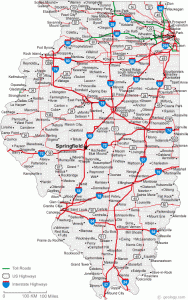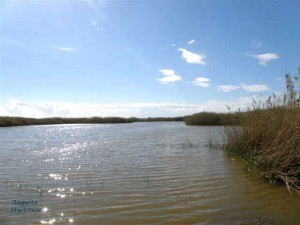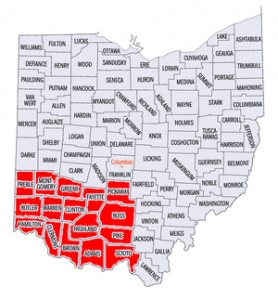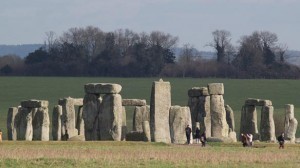What is the size of Illinois?
The size of Illinois is 57,918 sq mi or 140,988 sq km.  The state is 210 miles wide (340 km) and 395 miles (629 km) long.
The state is 210 miles wide (340 km) and 395 miles (629 km) long.
Geographical Information
Its latitude is 36 degrees, 58’ N to 42 degrees, 30’ N. The longitude is 87 degrees, 30’ W to 91 degrees, 31’ W. At 1,235 ft (377 m) Charles Mound is the highest point while the Mississippi River (378 ft or 85 m) is the lowest point. The mean is 600 ft (182 m).
The tallest structure in the state is the Willis Tower. It reaches a height of 20,234 ft (620 m). Its large size means the weather is variable. The highest temperature recorded was 117 F (47 C) and the lowest -35 F (-38 C).
Major Cities and Urban Areas
In terms of population, Chicago is the largest city with a population of 2,853,114. Aurora is next with 171,782. Rockford is third when it comes to the size of Illinois’ cities with 157,272 inhabitants. Joliet is the fourth in population with 146,125.
Naperville is next at 143,117, followed by Springfield with a population of 117,352. Peoria has a population of 114,114 and Elgin with 106,330. These population estimates are as of 2008.
In terms of physical size, Chicago is only the third biggest in Illinois, but its population is the third highest in the US. Other urban areas include the Greater St. Louis (a.k.a. the Metro East area).
It has over 691,000 inhabitants. The Quad Cites are home to over 215,000 individuals, while the Champaign Urbana Metropolitan Area has 210,000. The area known as Bloomington-Normal has a population of about 125,000.
Population Size of Illinois through the Years
In 2008, the population was estimated to be 12,901,563. Back in 1800, Illinois’ population was only 2,458. It increased to 12,282 in 1810 and by 1830 the number had gone up to 157,445. The figure rose sharply in 1840 as the census reported 476,183 inhabitants.
There were 851,470 residents by 1850. The figure passed 1 million by 1860 (1,711,951). By 1870, the population was 2,539,891. By the turn of the century in 1900, Illinois’ population had risen to 4,821,550.
By 1910 the number rose to 5,638,591. In 1930 the population reached 7,630,654. There were 10,081,158 inhabitants by 1960; the 1970 figure showed there were 11,113,976 and during 1990 the numbers rose to 11,430,602. The numbers rose again in 2000 to 12,419,293.
Demographics
The size of Illinois’ population is matched by the diversity of its demographics. The 2007 showed that 1,768,518 were foreign born. This is about 14% of the state’s entire population. Of these, 48% were from Latin America, 25% from Asia, 23% from Europe and nearly 3% from Africa.
The figures showed 65% were white Americans, 15% African Americans, 15% Latin Americans and Asian Americans making up 4.3%. The rest were divided among American Indians and Native Hawaiians.
The statistics also showed that women comprised 50% of the population. 25% were under the age of 18 and 12% were above 65 years of age.
Known for its robust business environment, sports clubs and music, it’s no wonder that the size of Illinois’ population continues to grow.





